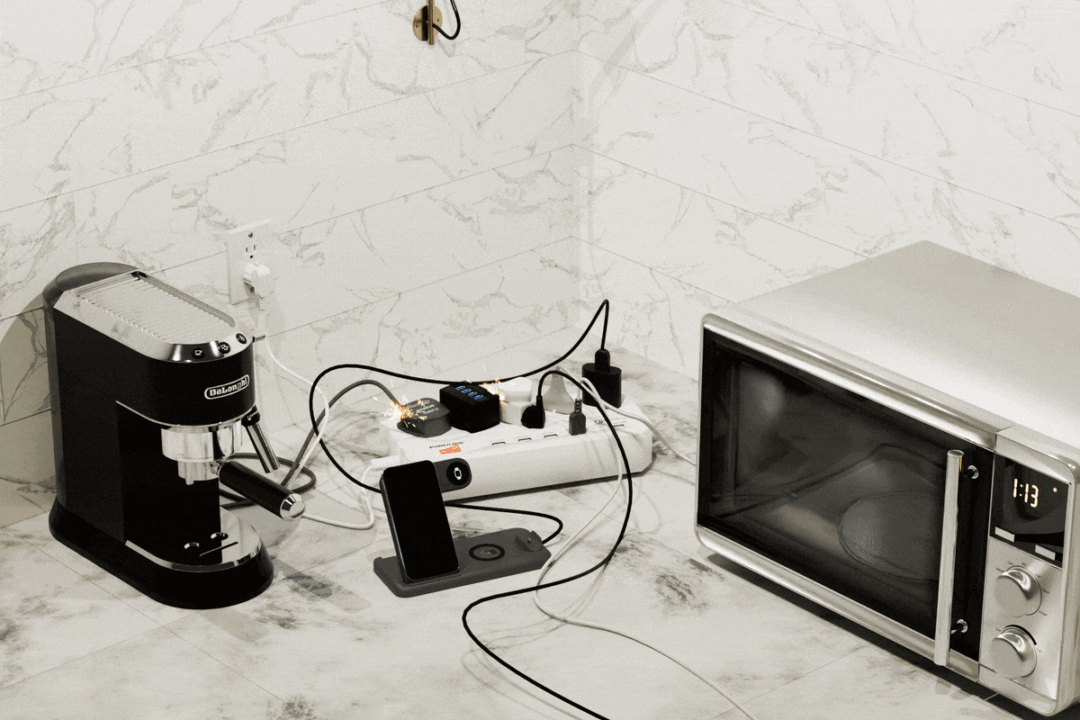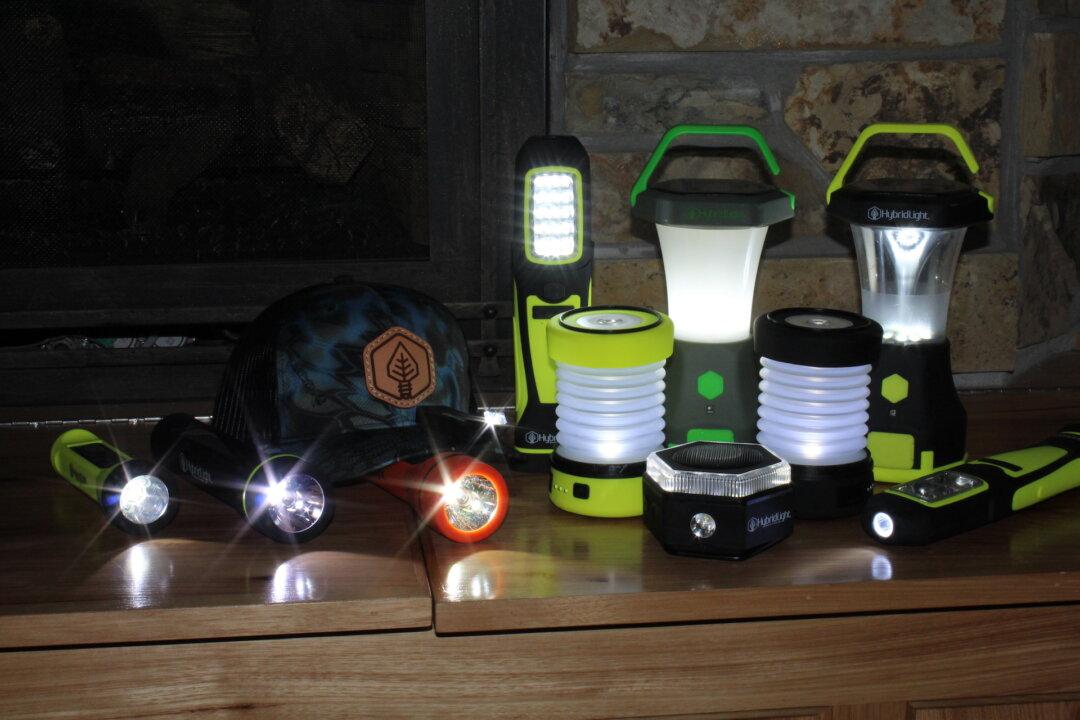There are certain cars that evoke a simpler yet more exciting time, such as a 1960s-era Shelby Cobra, a 1963 Corvette Grand Sport, or a Ford GT40. At first glance, for a variety of reasons from cost to availability, it seems highly unlikely that any of them could end up in your garage. But the reality is, with a few caveats, you can have one.
In 1962, a race car driver named Carroll Shelby modified a British sports car by dropping in a huge Ford V-8 engine. His AC Cobra quickly became wildly popular on racetracks and in driveways because of its eye-popping performance and good looks. Factory records indicate a total of 1,003 Cobras were built between 1963 and 1967, with 890 still existing; recent auctions indicate the current value for an original Cobra is about $500,000 for the 289 V-8 model, and about $1.2 million for the 427 Cobra model. The Daytona, a coupe model created to overcome the aerodynamics that limited the open-top car to speeds of 160 mph, was introduced in 1964. Capable of top speeds up to 190 mph, a total of six were built, and sale prices for these models in the early 2000s ranged between $4 million and $8 million.






